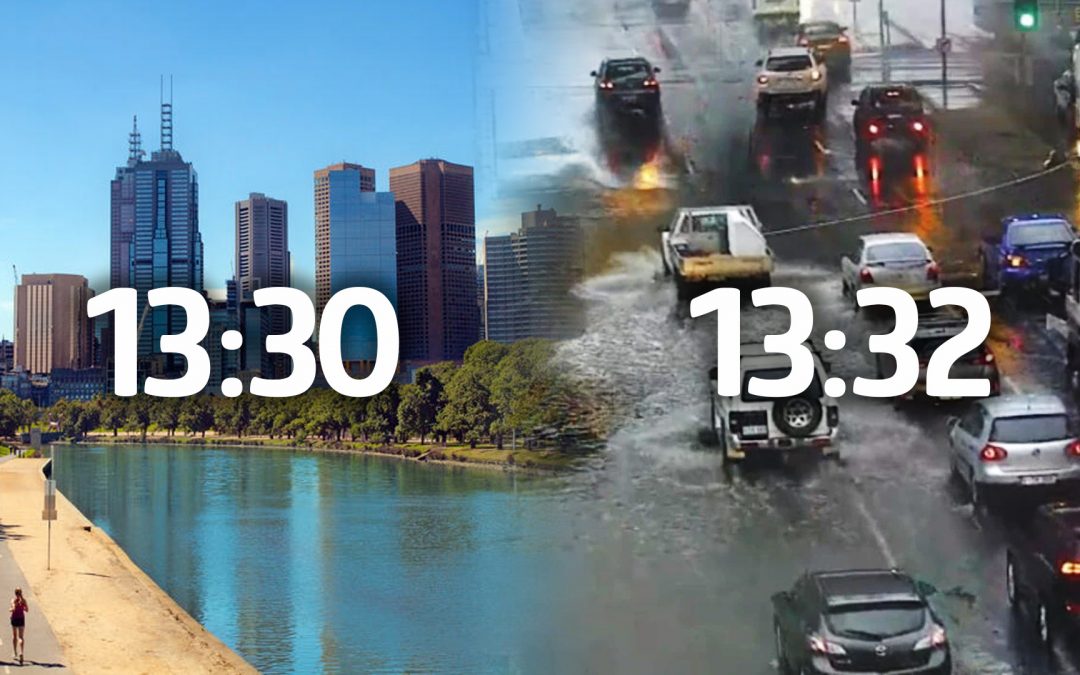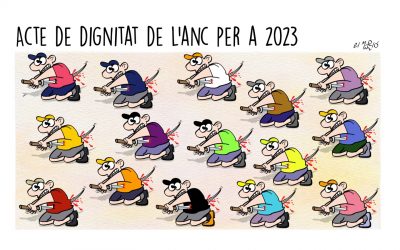There is an immensely popular Australian song by the group Crowded House called Four Seasons in One Day. If you read my previous article about the vast differences in climate (even before climate change) and geography as a whole across his vast land. You might recall that in the northern tropical areas there are two seasons, wet (often monsoon) and dry). Down here in the far south (although Tasmania is further south), over the course of twelve months we have a four-season calendar, not unlike European countries. The song has become linked to Melbourne as something of a joke about Melbourne’s weather. Newly arrived visitors or migrants are intrigued, sometimes frustrated, by Melbourne’s weather.
After all, the myth of Australian climate is that we are a warm to hot country. My international English students would frequently ask, why is Melbourne’s weather so crazy? That question provided the basis for many a meteorology lesson. Then they understood! That didn’t mean they liked it but it provided great conversation, in English, for them.
As the song suggests we can easily have all four seasons in one day. The summer temperature can be a lovely 25-30 degrees in the morning but will plummet as much as 10 degrees or more in less than half an hour. A hot morning of 35 degrees or more can rapidly turn to a chilly low 20s before evening. We may have two or three days of hot weather followed by a ‘cool change’ bringing about these plunges in temperature.
It can remain cool (cold!) for several more days. Generally, after several days of 35 degrees or more and often very warm to hot nights, most people welcome that cool change. Along with the vast range of daily temperatures, there can often be rain (a little or a lot), hail, thunderstorms and wind). In Barcelona two things struck me about the weather: firstly, the steady rise and fall of temperatures over the course of a year and secondly, the great lack of wind!
Even in its natural state, Melbourne is a windy city. Unfortunately, it has become windier due to the sheer number of those ridiculous high rise building that adorn Melbourne’s streets now. They create significant wind tunnels.
Naturally however, two winds prevail: a southerly bringing cold blustery gusts from the Antarctic and a northerly carrying warm air from the deserts and savannas to the north down to Melbourne. And it the patterns of those wind and the fact that they come to Melbourne that is the key to our very changeable weather.
If we look at a map of Australia, we see Melbourne’s location is an unusual place. It is sandwiched between the very cold Antarctic (-10 to –60 degrees) and the very hot centre of Australia often with summer temperatures of 35 – 45 degrees. Between Melbourne and the Antarctic is the Southern Ocean frequently sending gale force winds our way but we are also surrounded by the mountains of the Great Dividing Range which allows winds to pass between narrow gaps from the north in the same way like high rise buildings do.
So, we have natural northern wind tunnels and blustery southern gales. And, yes, we can have both types of wind in one day! Typically, in summer we may start the day with high temperatures and warm northerly winds but with the forecast of a cool change e.g., around 18.00. It’s very easy to feel it as the wind changes direction suddenly and the temperature drops as much as 10-15, or more, degrees in the same number of minutes.
These rapid wind changes produce varying effects. A day at the beach in Melbourne is often windy at the best of times but the sudden change from a warm northerly to a cold southerly can send people home quickly! However, people who don’t necessarily like the beach often welcome that cold change. If they don’t have insulated walls in their house or they live in an apartment higher than ground level and have no air conditioning, their house may have become extremely warm so the cooler temperatures make a difference.
A few decades ago, most homes didn’t have air conditioning. Homes would be cooled by opening and closing window coverings and after the cool change, opening windows. Most houses and apartments had external awnings – shade blinds outside that were pulled over the window to prevent the sun’s heat entering. But internal window coverings also played an important role in cooling houses particularly if the house didn’t have awnings or a verandah. In 2021 many houses now have shade cloth installed in the garden.
Other traditional methods of cooling include ceiling fans built into the house’s structure and/or floor fans. Houses were built with shade extensions to the roof, sometimes a full verandah which was lovely to eat meals and sleep out on during hot summer nights. A verandah also gave shelter from the rain. Protection from night insects would be achieved by attaching insect screens made from fine wire mesh. On hot days over 35 degrees, schools often closed in the afternoons and construction work ceased. People slowed down and adapted to the weather.
As if Melbourne’s crazy weather isn’t frustrating enough, our weather has been affected for the last two summers by La Nina and we are told by the Bureau of Meteorology (BOM) that we can expect a very wet 2021-22 summer, as last year. In fact, we have been warned to expect a couple of weeks of heavy and steady rain. La Nina is natural and there’s nothing we can do about it but I hope summer 2022-23 is not a La Nina!
Having said all of this, the forecasted La Nina rain has not yet arrived. It may still come. Meanwhile we take each day as it comes. Today we have had an almost typical four seasons day today. Early morning was warm, mid-morning was very warm and extremely humid, it got very windy and tried to rain. It is now quite chilly in the evening but we are still hoping for some rain to water the gardens. It hasn’t rained for more than a week despite the warnings. Over the next week we look forward to almost every weather except snow.
And, if we don’t like our weather at a given time, we say, ‘Wait ten minutes and it’ll change’.
GLOSSARI
-Plunge: submergir-se
-Sheer: pur
-Blustery: tempestuós/a
-Gusts: ratxes
-Gale: vendaval
-Blinds: persianes
-Verandah: porxo












